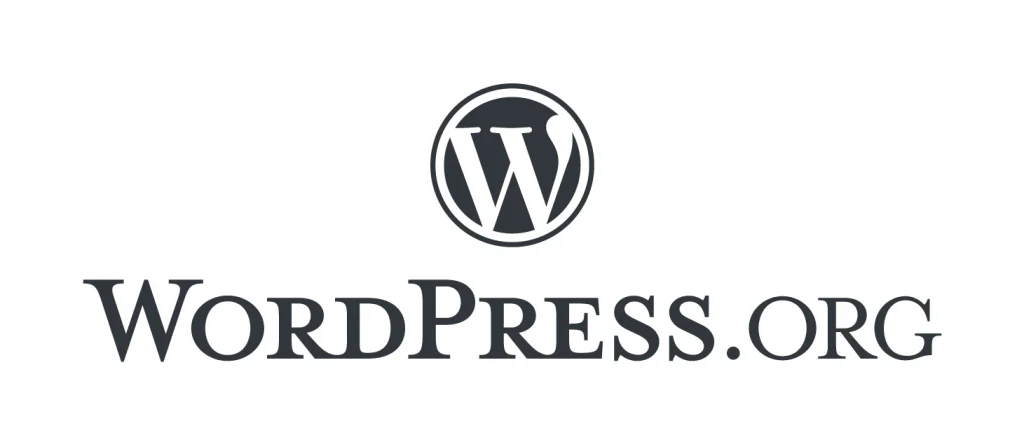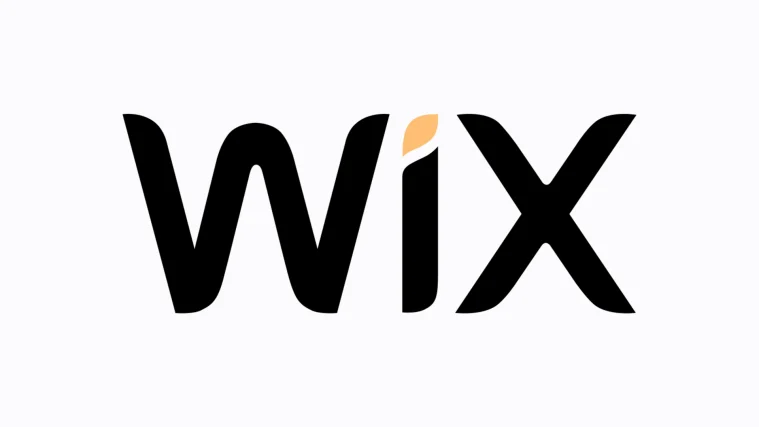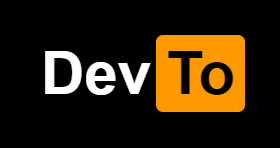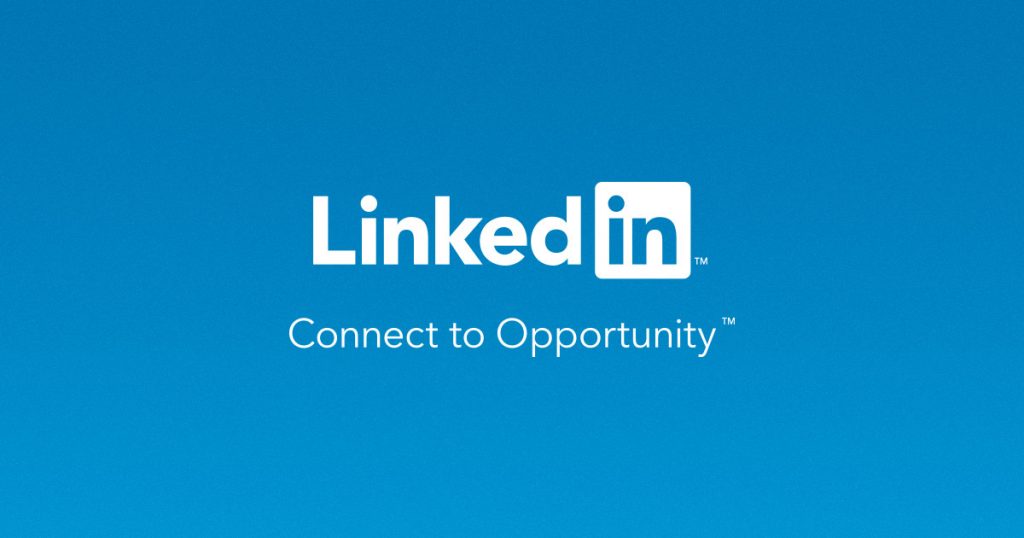Are you looking to create a content channel? May be you just want to share your life experiences? Perhaps you are doing it as a class assignment? Whatever your reason is, you need will need to get started somehow.
But you might be thinking, “Bright I have no Idea what blogging is or how I can get started”.
That’s OK, because I got your six. Scratch that, let’s keep it simple, I got your back.
Let me start from the very beginning.
What is a Blog?
Blog is actually a short form for a weblog (a log entered on the web, got that?) A blog is a frequently updated web page used for personal commentary or business content. Blogs are often interactive and most times you can send feedback by commenting, liking or sharing.
Blogging and content creation in general can be a great way for you to gain influence and a following. In this age of influencer marketing and the gig economy, having a dedicated content channel can give you an opportunity to connect with your audience, gain their trust and monetize your content.
You have probably heard about Vlogging – which is short for video weblogging. In another article, I will show you how to get started with vlogging.
Now, as I was saying:
Considerations when choosing a blogging platform
Depending on your needs, tech savviness and willingness to tinker around, some blogging platforms might be better or easier to use than others. The average blogger will want a platform that will get them up and running in the shortest possible time with the least effort. The professional blogger will want a platform that can be customized and tailored to their exact needs. The geeks (like yours truly) will want something they can build from the ground up – complete with all the bells and whistles.
In this guide, which I will aptly call Bright’s guide to getting started with blogging, I will show you which platforms will be best suited to your blogging needs.
Let’s dive right into it.
1. WordPress.com

WordPress is the pack leader when it comes to blogging. It is the most popular website builder in the world. 42% of the web is built on WordPress. More bloggers, small businesses, and biggest ones alike use WordPress than all other options combined.
You can choose between the .com or .org options.
Now, you might be wondering, “Bright, what is the difference between the .com and .org options, looks the same to me?”. Absolutely, it’s the same. But it isn’t. Let me explain.
WordPress.com is an out-of-the-box blogging platform. That simply means all you have to do is sign up for a WordPress account on WordPress.com , activate your account and you are good to go. In just a matter of minutes, your first blog post could be published.
The basic WordPress is free to use, but if you need to install some plugins and customize templates, you will have to part with some money.
The good: You can get started in just a few minutes. You don’t need to be a software engineer to get things working.
The not so good: If you need to get additional plugins, customize themes, it will cost you some money. If you want to plug in a custom domain like brightonapito.com it will also cost you.
2. WordPress.org

This is the open source version of WordPress. Open source just means it is ABSOLUTELY free for you to use and customize whichever way you like.
Did I say absolutely free? Not quite. Downloading it is free, customizing it – that will depend on your expertise level. This version of WordPress is self-hosted, which means you are responsible for setting up or configuring the hosting platform on which it will be installed. You are also responsible to for getting your own domain which you can get for a small fee. You are responsible for updating the WordPress software, its security, basically you are on your own. You will need a hosting solution for this. Not sure which option to choose? Check this out.
To get started: You could either download the software to your local computer, customize and then upload it to your hosting server or use a one-click installer which is provided with some hosting providers.
The good: It’s free, fully customizable to your taste and needs.
The not so good: You need expertise to set it up. You could pay some to help you setup your blog. If you are wondering how to do this, you could pay some on on Fiverr to help you. If you don’t mind giving your money to me, I could be your fixer.
You are responsible for updating, backups, security and everything else.
Other Self-Hosted Options
Just like WordPress.org, Joomla and Drupal are some of the most popular Content Management Systems out there for building websites and blogs.
You will need expertise to set them up and you are responsible for everything.
3. Medium

Medium is a social publishing platform that you can use to write/publish content, subscribe to stories/articles in virtually any area of interest. It is very minimalist – which means very simple in design and allows you to get your first post up and running in a matter of minutes.
To get started: All you have to do is signup and confirm your email. As a user of Medium, I can say it is one of the most powerful and easy to use platforms for content creators.
The good: It’s very easy to setup. In under 10 minutes your first blog post could be published. You can set it up with a custom domain and even get paid if your articles get enough attention
The not so good: If you are trying to monetize your content, Medium only works with Stripe which effectively means you can’t get paid in most parts of the world (except Europe and North America).
4. Blogger

Blogger is a weblog publishing tool from Google for sharing videos, photos and text. It is super easy to use and get started with.
To get started: If you already have a Gmail account (which I can almost bet you do), all you have to do is authorize Blogger to connect to your Gmail account and in a few minutes you will be up and running.
You can create a beautiful blog that fits your style by choose from a selection of easy-to-use templates – all with flexible layouts and hundreds of background images – or design something new – if you like to tinker around.
The good: Very easy to get started at no cost. You can monetize your content using Google’s AdSense. You can also connect your custom domain.
5. Wix

Wix is actually a website builder for normal people who don’t have coding skills. It comes with plenty of templates to choose from and an editor that you can use to drag and drop the building blocks to make your site to look exactly the way you want it.
To get started: Sign up for an account on Wix.
The good: It is relatively easy to sign up and get started. You can also connect a custom domain.
The not so good: If you want to get the most out of Wix you will have to pay for the premium features. If you are looking to just get started and blog out of the box, Wix might not be the best platform for you since you have to build a website.
6. Squarespace

It is not very different than Wix as it also offers website building for beginners. You can customize pretty much every detail on your website. However, it was built better suited for blogging than Wix. As soon as you are done dragging, dropping and putting everything in order, you can quickly start blogging. It includes feature like scheduling articles, creating tags and categories, content moderation and multiple author collaboration on articles. It also has a an e-commerce feature to enable you sell stuff on your website/blog.
To get started: Sign up for an account on Squarespace.
The good: It is relatively easy to sign up and get started. You can also hook up a custom domain
The not so good: If you want to get the most value of Squarespace, you will have to sign up for a premium plan. It also has few templates and plug ins to choose from, compared with WordPress and other platforms.
Special Mentions
I have added an extra category of platforms.
Dev Community

I will admit, this one is not a blogging platform for mere mortals. If you happen to be software engineer like me and are looking for a platform where you can share your technical expertise by writing how-to guides, code snippets, solutions to technical issues, Tech career advise and whatnot, Dev Community is just the place and platform.
It’s like Medium but for really for engineers.
To get started: Sign up for an account with your email
The good: Pretty easy to use (surprise, surprise!). You will be up and running in a few minutes
The not so good: It is not for mere mortals.

Surprisingly you can use LinkedIn to write and publish articles . As you would expect, it is for professionals. You can use it stamp your authority among your network by providing insights, career guidance, life hacks, how-tos, et cetera for your network.
To get started: You will need to sign up and create an account on LinkedIn.
The good: It is more suited to mere mortals and is free. If you already have a LinkedIn account you can start blogging right way.
The not so good: Because it is a professional site, some people might find it somewhat too formal for their liking.
Evernote

This is not a blogging platform. It’s actually a note-taking app which I highly recommend because I use it. As a matter of fact, I use it to draft most of my blog posts, articles and stories. You can turn your private notes in to publicly accessible content by changing the article settings.
So, If you are lazy to sign up and setup a conventional blogging platform, Evernote has you covered.
To get started: All you have to do is sign up for an account on Evernote.
The good: Really easy to use. You create notebooks and notes and change the visibility settings. You can also make content accessible to particular people.
You can even embed multi-media (videos, gifs, images)
The not so good: It is not optimized for blogging, although it gets the job done.
There you have it. I have given you my top platforms you can consider selecting from if you want to get started with blogging.
Happy Blogging!
1,183 total views, 1 views today
